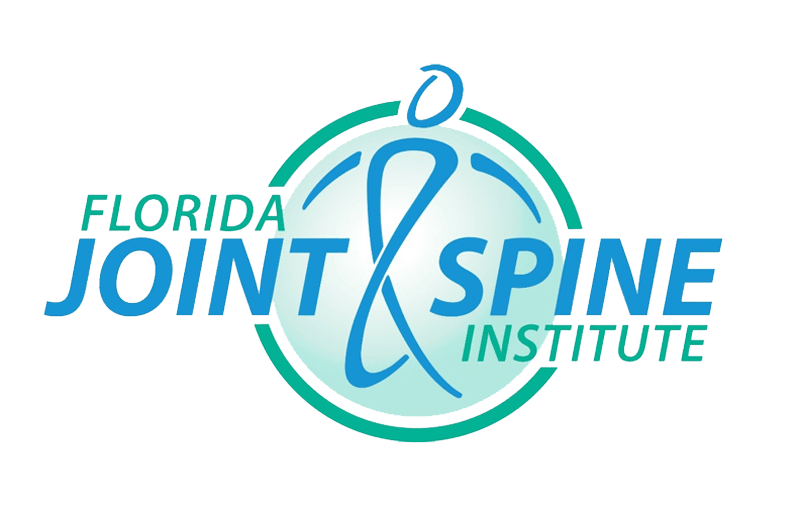
Chronic knee pain affects millions of adults worldwide and can stem from a variety of causes—most commonly osteoarthritis, overuse injuries, and biomechanical imbalances. Left unmanaged, it can severely limit mobility, reduce quality of life, and lead to muscle weakness in the surrounding joints. Fortunately, many patients achieve significant relief through non-surgical, conservative therapies that address pain, improve function, and delay or even prevent the need for operative intervention.
1. Physical Therapy and Targeted Exercise
Physical therapy remains the cornerstone of non-surgical knee pain management by strengthening the quadriceps, hamstrings, and hip stabilizers to offload stress on the knee joint. A licensed therapist will tailor exercises—such as straight-leg raises, mini-squats, and hamstring curls—to each patient’s abilities, ensuring safe progression. In addition to strength work, incorporating low-impact aerobic activities like cycling and swimming helps maintain cardiovascular fitness without exacerbating knee pain.
2. Pain Relief Medications and Lubrication Injections
Over-the-counter analgesics—acetaminophen and nonsteroidal anti-inflammatory drugs (NSAIDs)—are often first-line for mild to moderate symptoms, reducing pain and swelling when used as directed. For patients who need additional relief, hyaluronic acid (“gel”) injections can provide cushioning within the joint space, temporarily improving mobility and comfort.
3. Orthotics, Bracing, and Supportive Devices
Knee braces and orthotic shoe inserts help correct alignment issues and redistribute load across the joint. Unloading braces—such as off-loader or valgus braces—are especially beneficial for patients with unicompartmental osteoarthritis, as they shift pressure away from the most affected area. Custom or over-the-counter insoles can also address flat feet or pronation that contributes to knee stress.
4. Injections and Neuromodulation Therapies
Platelet-rich plasma (PRP) injections harness growth factors from the patient’s own blood to promote tissue repair and reduce inflammation in osteoarthritic knees. Studies show PRP can improve function and decrease pain over a mid-term follow-up of six months. Transcutaneous electrical nerve stimulation (TENS) delivers mild electrical pulses through skin-surface electrodes, interrupting pain signals and enhancing endorphin release; a two-week course often yields measurable improvements in pain and function.
5. Heat, Cold Therapy, and Lifestyle Modifications
Applying ice packs for 20 minutes every 2–3 hours helps reduce acute swelling, while heat packs can relieve muscle stiffness and improve circulation before exercise. Beyond these modalities, achieving and maintaining a healthy weight is critical: every pound lost correlates with a four-pound reduction in knee joint load, significantly decreasing pain in patients with osteoarthritis. Nutritional optimization—emphasizing anti-inflammatory foods and adequate protein intake—supports muscle health and joint function.
By combining these conservative strategies, many individuals with chronic knee pain can restore mobility, reduce discomfort, and enhance their overall quality of life—all without surgery. If you’re struggling with persistent knee pain, schedule a consultation with Florida Joint & Spine Institute to develop a personalized, non-surgical treatment plan tailored to your needs.

